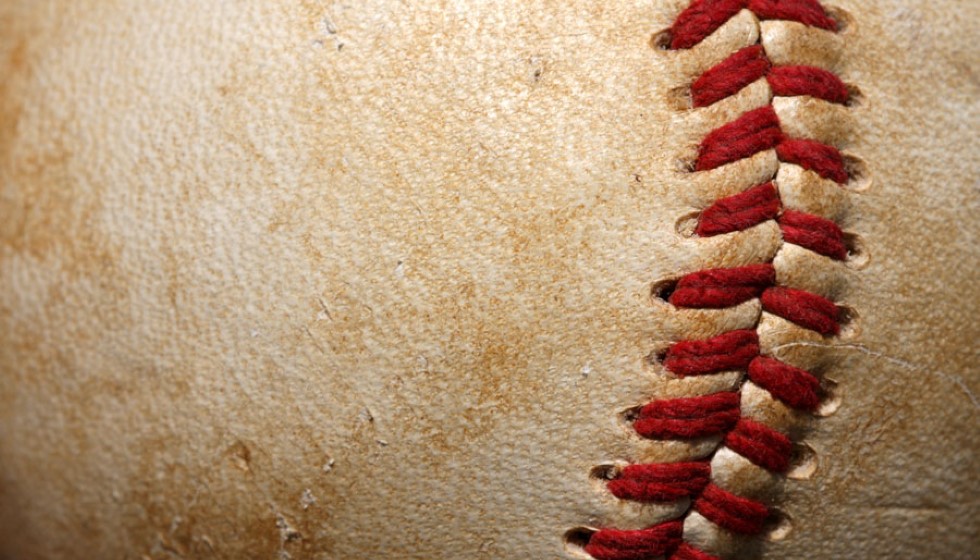
Tropicana Field Faces New Challenges After Hurricane Milton
Tropicana Field, the iconic home of Major League Baseball's Tampa Bay Rays, has stood resiliently for years as a multipurpose venue in St. Petersburg, Florida. However, its endurance was put to the test when Hurricane Milton, a Category 3 storm, swept through the area, leaving a trail of destruction in its wake. The hurricane, which made landfall near Siesta Key, brought with it fierce winds and relentless rain, ultimately causing significant damage to the Field's renowned domed roof.
The Structure's Near-Limit Capabilities
The dome of Tropicana Field is a marvel of modern architecture, spanning six acres and featuring a slanted 6.5-degree angle. Constructed from translucent, Teflon-coated fiberglass, it is supported by an intricate network of 180 miles of cables and struts. Its design is meant to endure winds of up to 115 miles per hour, a specification that was nearly put to the limit during Hurricane Milton. As the storm unleashed wind gusts as powerful as 101 mph near Tropicana Field, the dome endured significant stress.
Regrettably, the structure could not fully withstand Hurricane Milton's wrath, sustaining severe damage that will require urgent attention and repair. The imagery of the battered dome, once a symbol of security and advanced engineering, now signifies the storm's adverse impact on a local landmark.
Safety Measures and Community Impact
Leading up to the hurricane, Tropicana Field was designated as a base camp for emergency responders, ready to serve as a critical hub for relief efforts. Fortunately, when the situation escalated and the storm made landfall, first responders had already relocated to a safe haven. "First responders had moved to a safe location prior to the storm's landfall and were not inside Tropicana Field when it sustained damage," assured Governor Rick DeSantis, highlighting the successful execution of emergency protocols.
Beyond the confines of Tropicana Field, the broader community experienced dramatic challenges. Nearly 2 million residents suffered power outages, highlighting the storm's far-reaching effects on infrastructure and daily life. The city of St. Petersburg found itself engulfed by over 16 inches of rainfall within a mere 24-hour period, further complicating recovery efforts.
Future Prospects in Pinellas County
The timing of the storm's devastation is particularly poignant given recent developments concerning Tropicana Field's future. Earlier in the year, Pinellas County commissioners had approved public funding for a new ballpark for the Rays, suggesting that a new chapter was already on the horizon for the team and its fans. While the hurricane has focused immediate attention on repairs and recovery, long-term visions for a new facility may offer a silver lining amid the present adversity.
In the meantime, Tropicana Field's role as a community focal point will continue to be vital. Since its opening in 1998, the venue has not only hosted a plethora of baseball games but also a diverse array of events, reinforcing its importance as a versatile hub for entertainment and community gathering. The resilience of the structure, despite the recent damage, epitomizes the spirit of a community eager to rise above the challenges posed by Mother Nature.
As the Rays and the city of St. Petersburg navigate the aftermath of Hurricane Milton, attention will remain fixed on recovery and repair efforts for Tropicana Field. The team's commitment to its fans and the community will undoubtedly play a crucial role in the ensuing weeks and months, as they prepare to restore the field and ultimately, continue their celebrated legacy. For a region accustomed to extreme weather events, the focus will now be on resilience and renewal in the face of unexpected adversity.